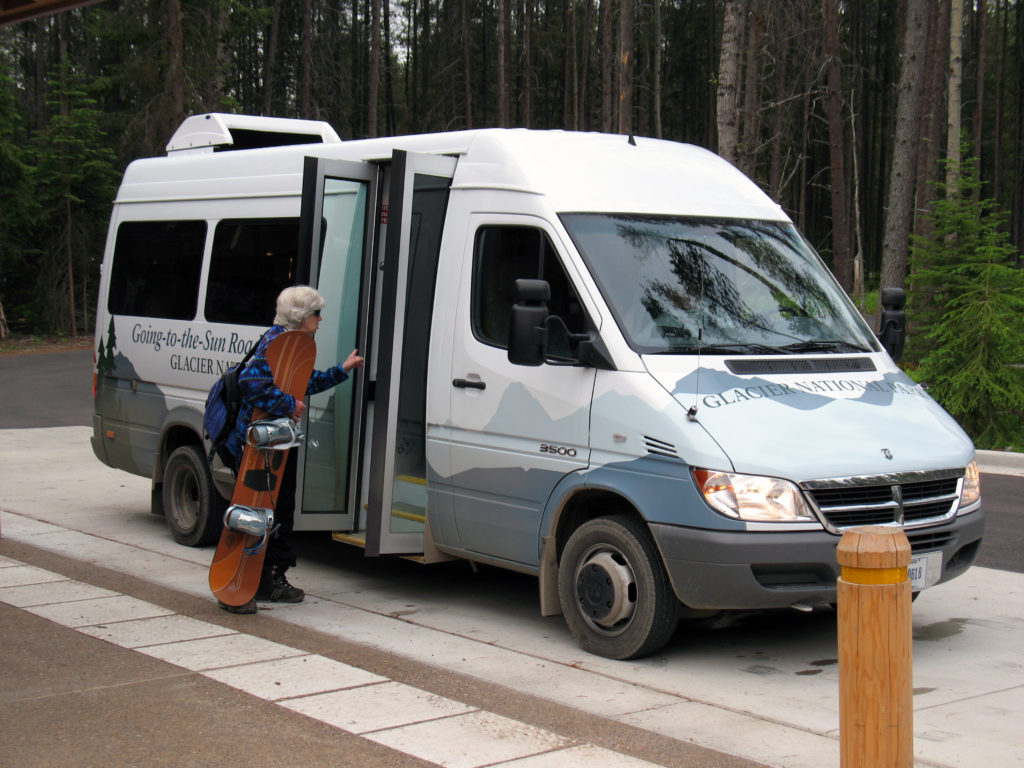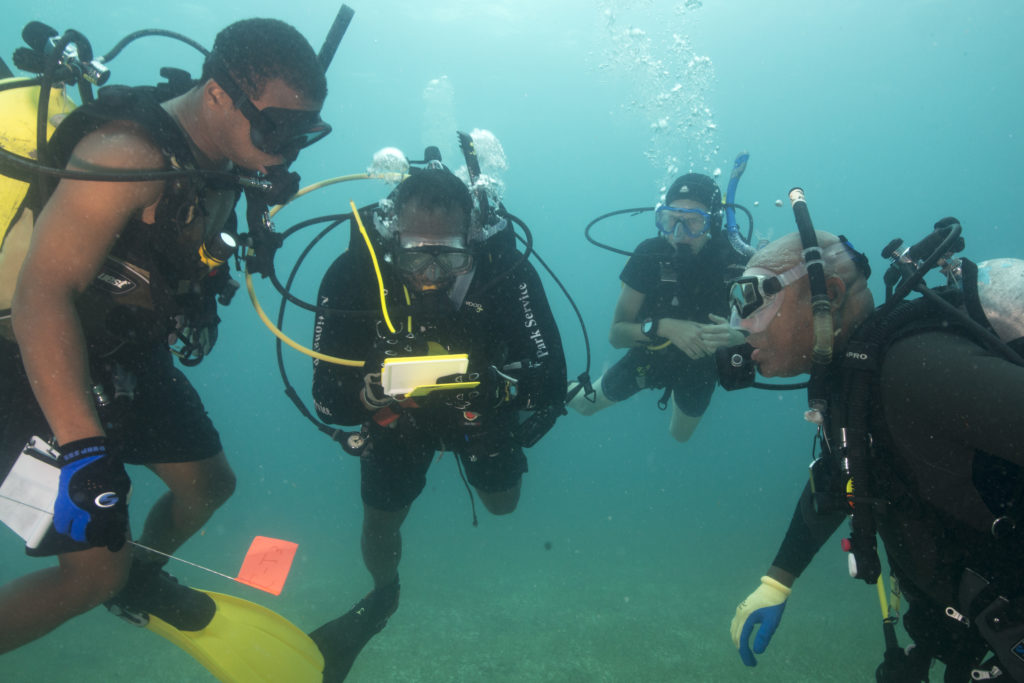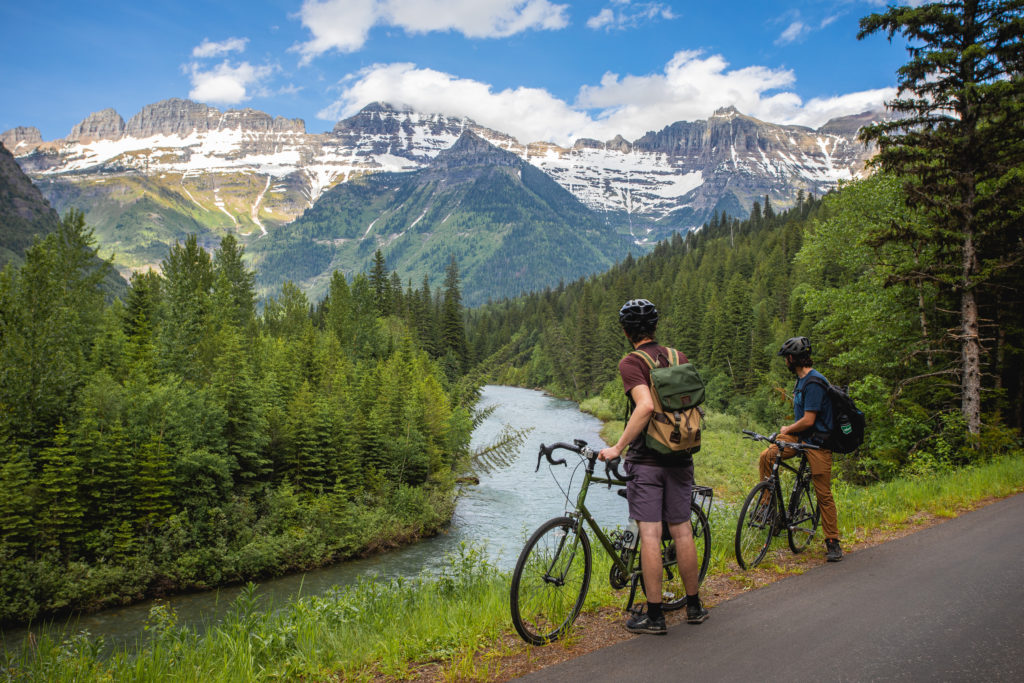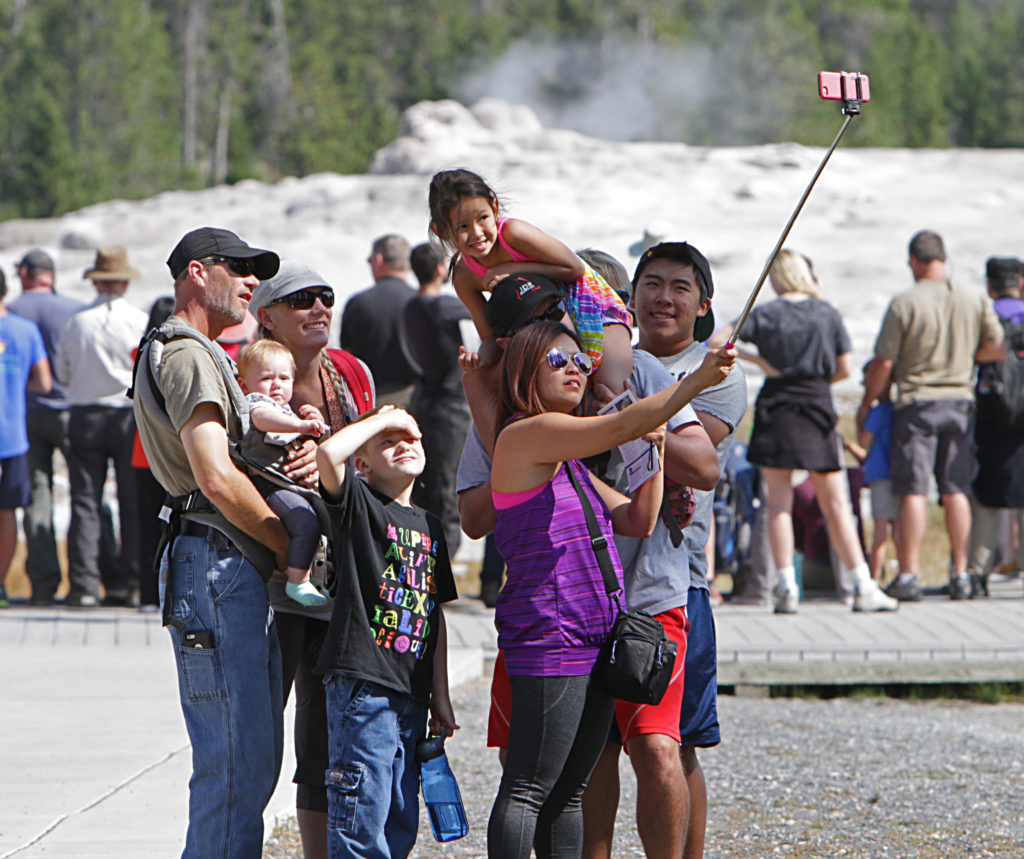
So You’re Interested in Ecotourism. Ask Yourself These Questions Before a Trip
There are factors to consider to ensure your next trip checks all the authentic ecotourism boxes.

Ecotourism is a term being floated with increasing regularity in the world of travel, and for good reason.
At its core is responsible travel, environmental conservation, the empowerment of local populations, and cultural education. We see these principles manifest through environmentally-friendly accommodations, agricultural ventures, treks to raise awareness about wild or endangered areas or species, and community development projects. And its popularity is indisputable—the ecotourism industry generated $181 billion in 2019, and it’s projected to spike to over $333 billion by 2027.
Trends born of good intent, however, are inevitably prone to dilution by opportunists who dismiss what they can offer and instead zero in on which commodities can be extracted. There’s also the issue of being too trendy, as overcrowding of destinations that market ecotourism contend with eroding the very environments and cultures many visitors are endeavoring to protect.
In the one-time micropolitan city of Bozeman, Montana, for example—many now call it “BozeAngeles” due to an influx of post-pandemic residents from California—visitors inspired by outdoor adventure, wild landscapes, or even pop culture phenomenons like Paramount’s Yellowstone arrive in droves for brief stays.
It’s a trend that has skyrocketed costs at packed hotels and, in turn, necessitated the construction of new accommodations and businesses on previously untouched land. Agencies promoting ecotourism may counter along the lines of, “But look at the revenue being generated for Bozeman residents.” Popularity-driven revenue, however, has resulted in rent and property hikes that displace local manufacturers and other long-term residents who, from April 2020 to April 2021, saw the median cost of a single-family home skyrocket from $440,000 to $660,000 in a single calendar year.
Ecotourism, despite its core values, is a muddy industry, and one that begs the question: Could its popularity actually be hurting those pursuing genuine sustainability efforts? To be the best possible ecotourism participant, consider these questions before embarking on that long-awaited trip.
Is the trip you’re booking from a genuine agency?

National Park Service
A quick Google search of ecotourism furnishes millions of results. The problem with each is that one party’s definition of ecotourism may be entirely different from the next.
According to the Global Ecotourism Network, there are over 130 certifications for sustainable tourism and approximately 25 considered credible. Many accreditations are even the product of “self-certification,” meaning the tourism organization is simply claiming to adhere to internal standards, whatever those may be.
Without universal accreditation and defined environmental standards, how can you be sure which entity is being authentic in their sustainability endeavors and which are merely slapping the “ecotourism” label on marketing campaigns to attract more eyes?
“A hotel can say on its website that it is sustainable and list what that entails,” the GEC notes. “You as a customer would have to check (audit) for yourself if this is really true.”
From certifications that determine the energy efficiency of business’ appliances to those that analyze the relationship sensitivity between a building and its community, a vast array of sustainability measures can be researched ahead of your next trip. As a starting point, read this comprehensive certification round-up conveniently broken down by continentally-adapted standards.
Is your tourism actually supporting local communities?

National Park Service
One of the key tenets of ecotourism is the notion that your dollars are contributing to the improvement and empowerment of local communities through funding and socioeconomic involvement. But that’s not always the case.
Where there’s money, there are bound to be parties working under the guise of a good cause while prioritizing profits above all.
“Ecotourism revenues in less developed countries often leak back to industrialized countries, particularly when ecotourism businesses are foreign-owned or when local products and labor are not utilized in ecotourism operations,” according to an analysis by the Population Reference Bureau, a nonpartisan research organization that focuses on the environment and the well-being of populations.
Additional factors that can damage local populations, the PRB assessment says, include non-local workers being drawn to areas where ecotourism is thriving, straining local workers and infrastructure in the process, as well as the resettlement of locals in order to establish protected ecotourism sites.
To gauge an organization’s impact on both the local environment and its community, explore programs ahead of time via company-produced items, such as a corporate social responsibility report, or recently-received awards that confirm sustainability authenticity. And while you’re at it, choose outfitters with an established record of supplying and guiding in the locale you’re interested in. This will ensure your outing is orchestrated by those who not only know the area best, but who are well-established in contributing to the local community.
Is your visit contributing to conservation, or, in the very least, low impact?

National Park Service
One common contention of ecotourism is airfare. After all, flying long distances for the purpose of an endeavor such as reforestation more than offsets whatever environmental gains such a trip yields, but there are other factors to consider.
From automobiles and accommodations to all manner of leisure activities, we are leaving a mark wherever we go. One way to offset these impacts is by discouraging the type of quick-turnaround tourism that contributes to foot and automobile traffic.
“High-volume tourism can damage the environment,” the PRB notes. “Excessive entry into protected areas, especially when combined with high-impact activities such as hiking or camping, can be particularly harmful.”
Consider, then, when traveling to a destination that warrants a longer flight or getting involved with the aforementioned activities, to opt for extended visits that allow for genuine community immersion. Get to know the locals and contribute to regional sustainability efforts beyond jumping in a Jeep for a quick 4×4 eco-tour. Contributions through longer visits will do better to offset impacts than the sort of tourism enjoyed through a car window.
Question your motives

National Park Service
We live in an era of social media influencers, and there are few industries that drown platforms with more influencer content than travel.
In a 2020 study published in Journal of Sustainable Tourism, lead author Justin Beall noted, “It’s been traditionally presumed that people are pursuing ecotourism because they are interested in making an environmentally or socially responsible choice, but our study throws a wrench in that a bit by showing that … people are also engaging in ecotourism so they can get good photographs to post online and present to their friends and loved ones.”
While tourist photos depict an image of a caring, sustainable individual, those surveyed in the study indicated that the appearance of ideals in photos many times take precedence over the environmental values the images convey.
One more aspect of social media dismantling the pillars of ecotourism is geotagging. Instagram users who tag specific locations invite hordes of visitors eager to score photos identical to those shared by their favorite influencers. This trend has even prompted tourism boards to discourage geotagging in order to keep fragile environments wild. In an extreme example, South African safari tour agencies had to ask photographers to avoid sharing locations alongside photos of rhinos to prevent that information from reaching poachers.
So, if you’re traveling with ecotourism in mind, come to terms with how you can benefit or harm the environment or community in which you’re venturing. If your inspiration can be slotted into any of the categories above, it might be time to recalibrate priorities.
Read the Current Issue Here!
Get one year of Sunset—and all kinds of bonuses—for just $24.95. Subscribe now!
